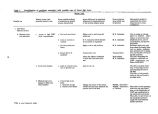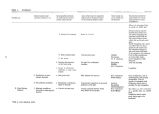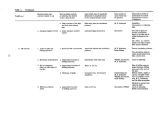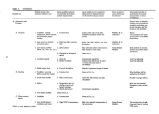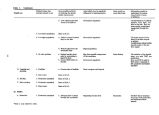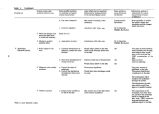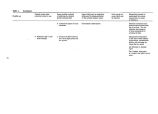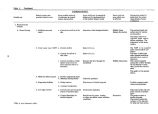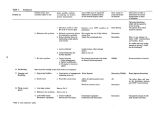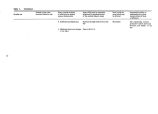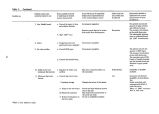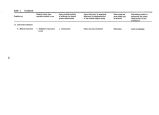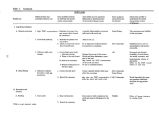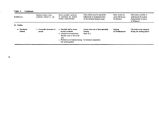| OCR Text |
Show ectly to the Coordinating Section by Research Groups ( see channel D- Cj). Contracts and funds for those proposals which are awarded by Section C then will be transmitted to the research group( s) involved ( Channel C- DN). Normally administrative details concerned with the evaluation of research proposals, the awarding of funds, and the general supervision of the funding- research structure will be treated, as is now the case, under appropriate arrangements between the research group( s) and the funding source( s) involved in each particular research effort. Under this arrangement, research proposals, progress, and status reports are transmitted directly from research groups to funding sources through a channel designated as D- Ep ( Figure 9). The flow of funds, contracts, and requests for information as needed from Section E to D is represented as channel E- Dp. Finally, there is the transmittal of research results from Section D to Section B, C, andE. The research coordinating plan depicted by Figure 9 is intended to remove the Great Salt Lake Division from major direct involvement in proposal evaluation and the subsequent awarding of research contracts. As indicated above, an exception to this situation would occur for those limited funds which the division itself might have available for certain kinds of research ( see Channel C- Djsj of Figure 9). However, it is envisioned that most research proposals would be submitted directly to funding agencies, which would award contracts on the basis of proposer competence and research needs and priorities as these are understood by the funding agencies ( Channels C- E^ and E- Cj of Figure 9). Thus, " input" from the division will play an important role in the selection of specific research projects, but the direct involvement of the division is avoided in the detailed processes of proposal evaluation and the awarding and supervision of research contracts. Realistically, specific procedures must be adopted in order to implement the flow of information in the various channels depicted by Figure 9. In particular, mechanisms are needed to stimulate the identification of research needs by the user and the transfer of this information to the researcher, and the subsequent transmittal of research results to the user ( see Figure 8). It is proposed that this mechanism consist primarily of carefully planned workshops and meetings of representatives from each of the five sections illustrated by Figure 8. For example, a workshop schedule might be established as follows: 1. Small groups consisting only of those who are directly involved in a particular subject area, for instance, lake industries, wildlife, or water quality. Meetings of this kind were held recently in connection with this project ( see Appendix). These meetings were very helpful in the exchange of information and the identification of research needs. It is recommended that meetings of this nature in each subject area be held on a regular basis, for example, semi- annually. 2. To foster the needed interchange and flow of information across disciplinary lines, it is recommended that a large workshop or meeting be held annually. This meeting would be attended by all people from Sections A through E who have an interest in the lake system. Small interdisciplinary working groups or committees should be organized which would link with the small disciplinary groups ( those which meet semi- annually), and would report progress at each of the annual meetings. Some suggested committees are: a. A committee on research needs and priorities. b. A committee on the application of research results. c. A committee on possible sources of research funds or support. d. A committee on proposal preparation and evaluation. e. A committee on suggested revisions to the management plans ( short term and long term) for the Great Salt Lake. Committee ( e) would need to function in close coordination with Committee ( a) above, and with the Planning Section of the Great Salt Lake Division. Perhaps someone from that section could be chairman of the committee. In this way, the listing of research needs and priorities would be continuously amended in terms of currently available research knowledge and management plans( s). Similarly, the functioning of all committees suggested above would stimulate the flow of needed information in accordance with the various channels depicted by Figure 9. 61 |


















